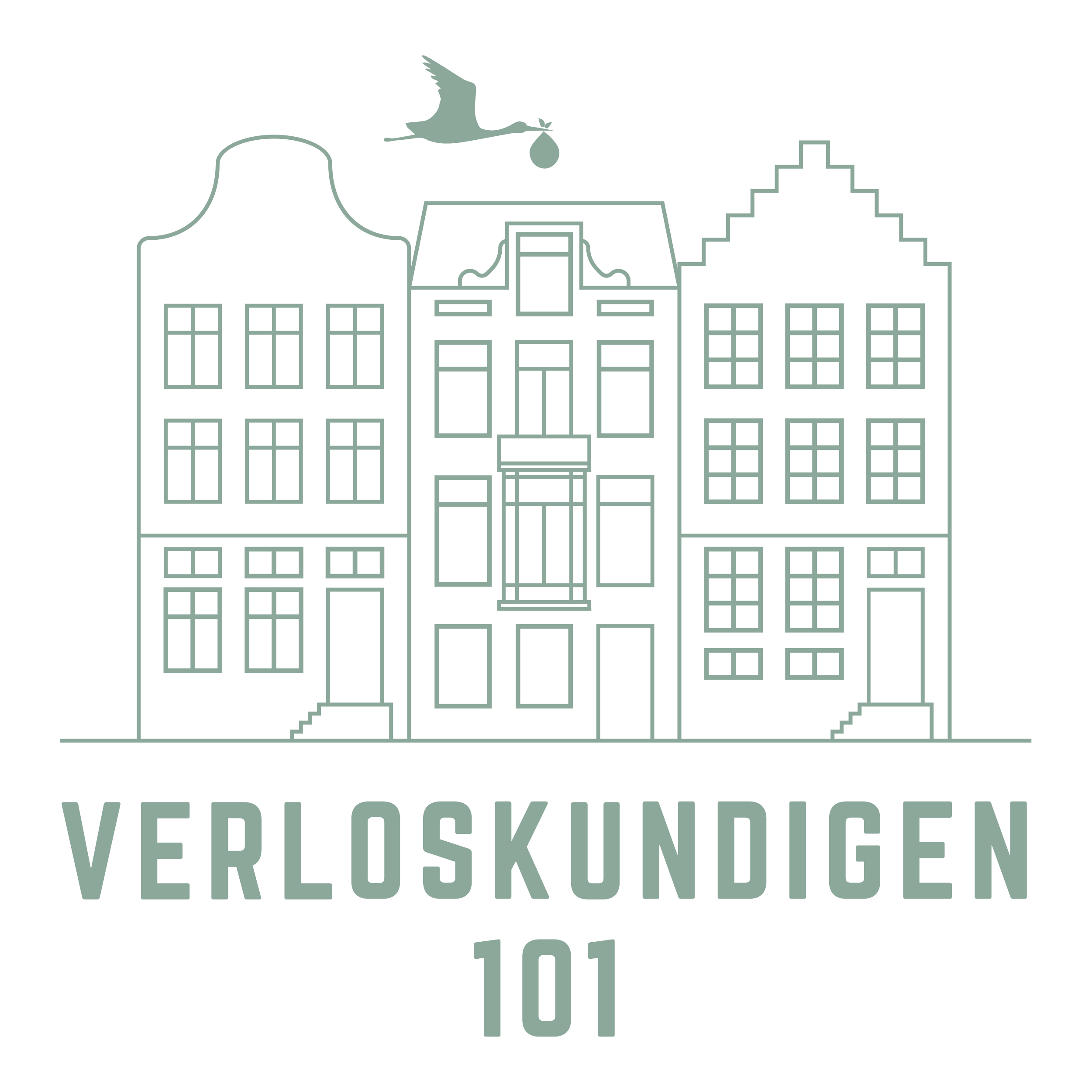The first days at home with a newborn: what to expect?
The baby is born! If everything went well, you will go home a few hours after birth. An exciting time has come: the first time at home with a newborn! The first few days with your new baby can be a very emotional time for you and your partner. There’s a lot to learn and do as new parents. The kraamzorg (maternity assistant) will help you the first eight days at home and will keep a close eye on your recovery and the health of your baby. A few tips and tricks from our side for the first days:
Changing nappies/diapers
The baby will only need to urinate once within the first 24 hours. Keep all the nappies for the kraamzorg, this will allow the kraamzorg to check the amount. The first urine could be red/orange of colour. This is called urate crystals, these are harmless. The colour will adapt once the baby has rehydrated.
The first stool is a black colour: meconium. This can last a few says until it will turn brown and then yellow. The kraamzorg will keep a record of this. Meconium is quite sticky and easiest to remove with some baby oil.
Temperature of the baby
Newborn babies don’t have the ability to control their temperature well, so it’s very important that they be kept warm and dry. If you’ve had a vaginal delivery and you and your baby are both in good condition, he should be placed directly onto your abdomen and dried off there. He’ll be covered with a warm towel or blanket and given a hat to keep his head warm. Skin-to-skin contact will help keep your baby warm and let the two of you start bonding as well. Don’t worry about bonding if you can’t hold your baby right away because one of you needs immediate medical care. There’ll be plenty of time for bonding later. As babies are not able to regulate their own temperature, we recommend you take your baby’s temperature prior to each feed for the first 24 hours. Ensure the end of the thermometer is approximately 1.5cm in their anus. Note down the temperature. A normal temperature is between 36.5°C and 37.5°C
The use of a hot water bottle:
- Lower than 336.5°C: give 2 hot water bottles, after an hour check their temperature again.
- Higher than 37.5°C: slowly reduce their warmth and check the temperature again after an hour.
IMPORTANT: Always ensure the hot water bottle is covered and lay between blankets to prevent burning the baby’s skin.
Breastfeeding
Try to latch the baby when it shows signs of feeding such as searching for the nipple, sucking their lip, or sucking their hand. In any case you should try to breast feed every 3 hours, but sooner is fine. In principle the baby does not need extra bottle feed within the first 24 hours as the baby should have enough reserves. The kraamzorg will help you find the best technique to breastfeed your baby.
Bottle feed
The formula should state on the packaging how to prepare. If you prepare too much, you will need to throw this away. The first day the baby should drink around 10cc formula, every 3 to 4 hours. This should be enough for the baby. It is possible that the baby is not hungry due to nausea the first hours post birth, this is not a problem. After the birth the baby can vomit, this can be brown (rusty colour) or it can be some of the formula, this does not raise any concerns.
